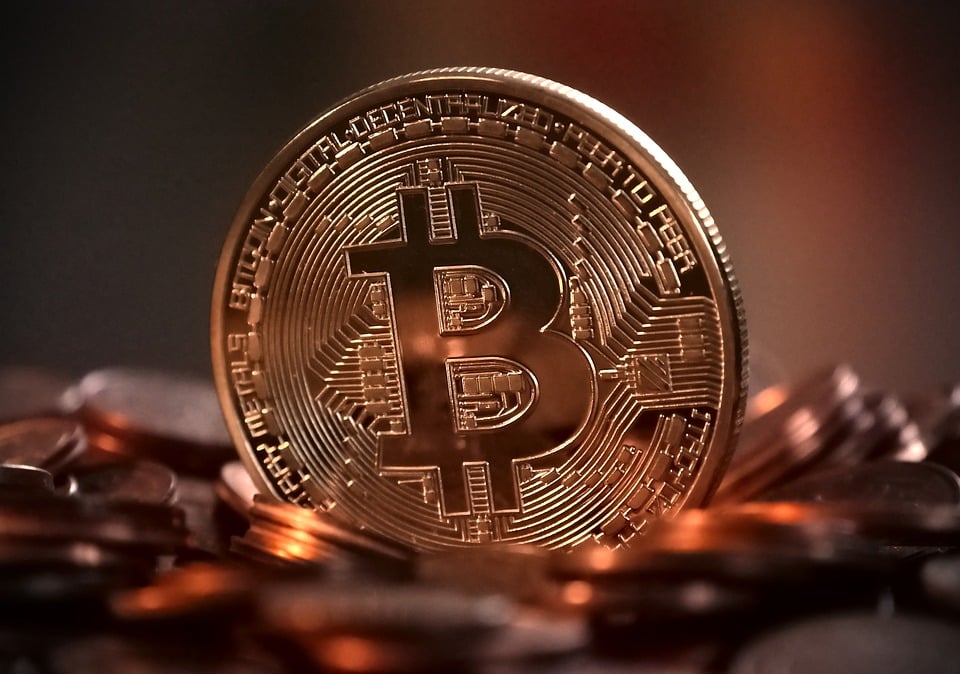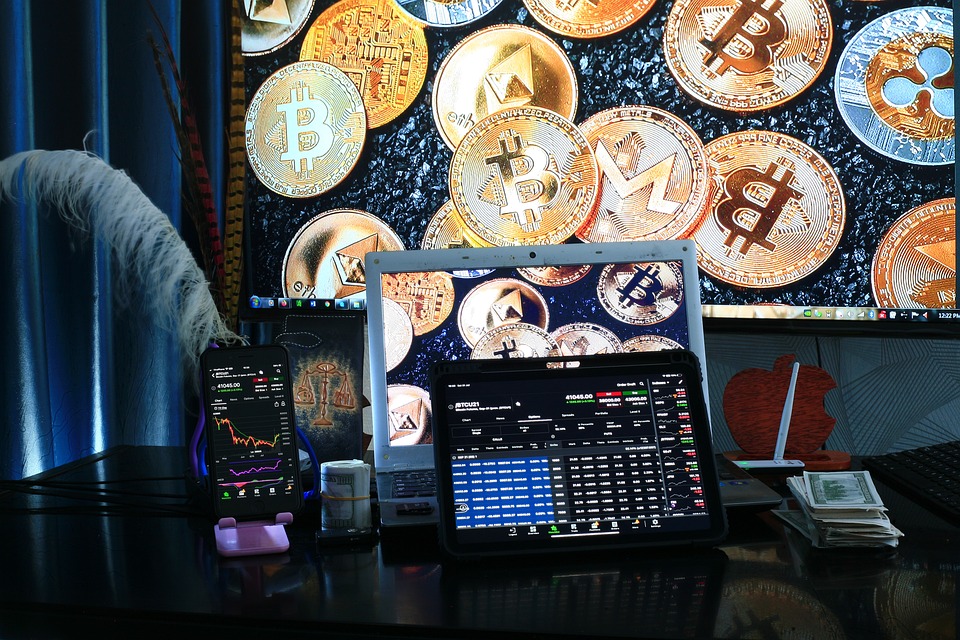Cryptocurrency is not just a buzzword anymore; it’s a modern financial instrument embraced by many. Among the vast range of cryptocurrencies, Tether (USDT) stands out for its unique stability as a stablecoin pegged to the US Dollar. For those entering the world of cryptocurrency, understanding what a USDT wallet address is, and how it works, is essential. Here’s a detailed breakdown of all you need to know.
1. What is a USDT Wallet Address?
A USDT wallet address is a string of alphanumeric characters that represents a destination for sending or receiving Tether (USDT). Think of it as your bank account number—but for cryptocurrencies. Just like you wouldn’t want to share your bank account number with just anyone, security is paramount in the cryptosphere.
2. Types of USDT Wallets
Before diving deeper into wallet addresses, it’s important to understand that USDT can be stored in various types of wallets:
- Software Wallets: Applications installed on your computer or smartphone.
- Hardware Wallets: Physical devices that store your cryptocurrency offline for enhanced security.
- Web Wallets: Browser-based wallets that allow access from any device.
- Paper Wallets: Physical prints of your address and keys, which can be securely stored offline.
For each type, your wallet address will vary, especially since USDT can be issued on different blockchains like Ethereum (ERC20), TRON (TRC20), and more.
3. The Structure of USDT Wallet Addresses
ERC20 USDT Addresses
When using the Ethereum network, USDT wallet addresses typically start with "0x" followed by a 40-character hexadecimal string.
TRC20 USDT Addresses
On the TRON network, TRC20 addresses begin with "T" and are made up of a combination of letters and numbers.
Omni Layer Addresses
If you are using Bitcoin’s Omni Layer, the addresses will look similar to Bitcoin addresses (starting with a "1" or "3").
4. Where to Get a USDT Wallet Address
Getting a USDT wallet address is as simple as creating a wallet. Here are the steps:
- Choose a Wallet Type: Decide if you need ease of access (software or web wallet) or enhanced security (hardware wallet).
- Research Wallet Providers: Look for reputable wallet services and read reviews.
- Create Your Wallet: Follow the provider’s instructions, which usually involve creating a strong password and backing up your data.
- Access Your Wallet Address: Once your wallet is set up, you can find your USDT wallet address within the application.
Discover More about choosing the right wallet for you.
5. How to Use a USDT Wallet Address
Once you have your address, you can start using it. Here are a few essential points to understand:
Sending USDT
- Open your wallet application.
- Find the option to send USDT.
- Paste the recipient’s wallet address carefully to avoid errors.
- Specify the amount you want to send.
- Confirm the transaction.
Receiving USDT
- Provide your USDT wallet address to the sender.
- Once the transaction is complete, the USDT will appear in your wallet.
6. Safety and Security Precautions
Security is paramount when dealing with cryptocurrencies. Here’s how to protect your USDT wallet address:
- Never share your private keys: Your private key allows anyone to access your funds. Keep it private and secure.
- Use two-factor authentication (2FA): Activate 2FA on your wallet for an extra layer of security.
- Beware of phishing scams: Cross-check URLs before entering your wallet information.
- Regular backups: Make sure to back up your wallet’s private keys and/or recovery phrases.
7. Common Issues with USDT Wallet Addresses
Mistyped Addresses
Sending USDT to a mistyped address can result in irreversible loss. Always double-check addresses before hitting "send."
Wrong Blockchain Network
Ensure you’re using the correct protocol (ERC20, TRC20, etc.) for your USDT transaction. Sending USDT over the wrong network can cause complications.
Immutability of Transactions
Once a USDT transaction is sent, it cannot be reversed. This highlights the importance of careful address checks.
8. Why Choose USDT?
Tether’s USDT is a popular choice among investors for several reasons:
- Stability: Pegged to the US Dollar, it offers reduced volatility compared to other cryptocurrencies.
- Liquidity: USDT can easily be traded on numerous cryptocurrency exchanges.
- Accessibility: USDT connects traditional fiat currency to the world of digital currencies.
Click to Learn More about the advantages of using USDT.
9. Popular Wallets for USDT
Here are a few highly recommended wallets that support USDT:
- Trust Wallet: Great for mobile use with a user-friendly interface.
- Ledger Nano X: A hardware wallet known for its excellent security.
- Exodus: A desktop and mobile wallet that is visually appealing and easy to use.
- Binance: A well-known cryptocurrency exchange that also offers wallet capabilities.
10. Conclusion
Understanding what a USDT wallet address is, along with its significance and security considerations, is crucial for anyone venturing into the cryptocurrency space. The flexibility and stability that USDT offers make it an attractive option for both newbies and seasoned investors.
As you begin your journey, remember to choose a reliable wallet, safeguard your private keys, and double-check addresses before making transactions. Doing so will help you seamlessly navigate the world of cryptocurrencies while avoiding common pitfalls.
Armed with this knowledge, you’re well on your way to effectively utilizing USDT and enjoying the benefits that Tether brings to the cryptocurrency market!
By following the steps and tips outlined above, you’re setting yourself up for success in the digital currency world. Happy trading!





